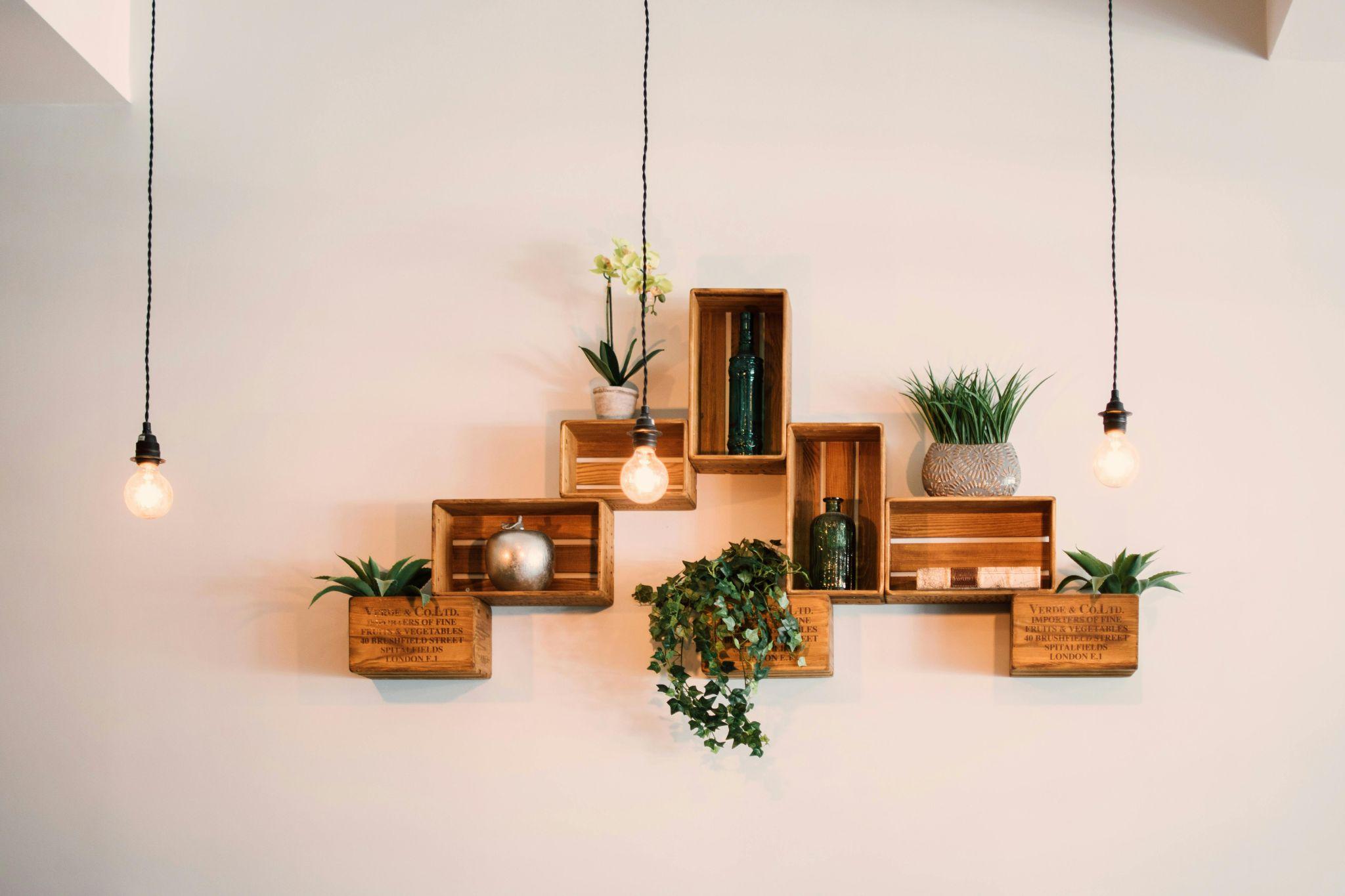Room-by-Room Guide to Lighting: Enhancing Your Home’s Ambiance

The right lighting can completely transform your home, turning ordinary spaces into extraordinary sanctuaries that reflect your personality and enhance daily living. Strategic lighting design goes far beyond simply illuminating a room—it creates atmosphere, improves functionality, and significantly impacts your mood and well-being. Understanding how to layer different types of lighting throughout your home is essential for creating spaces that are both beautiful and practical. (more…)
